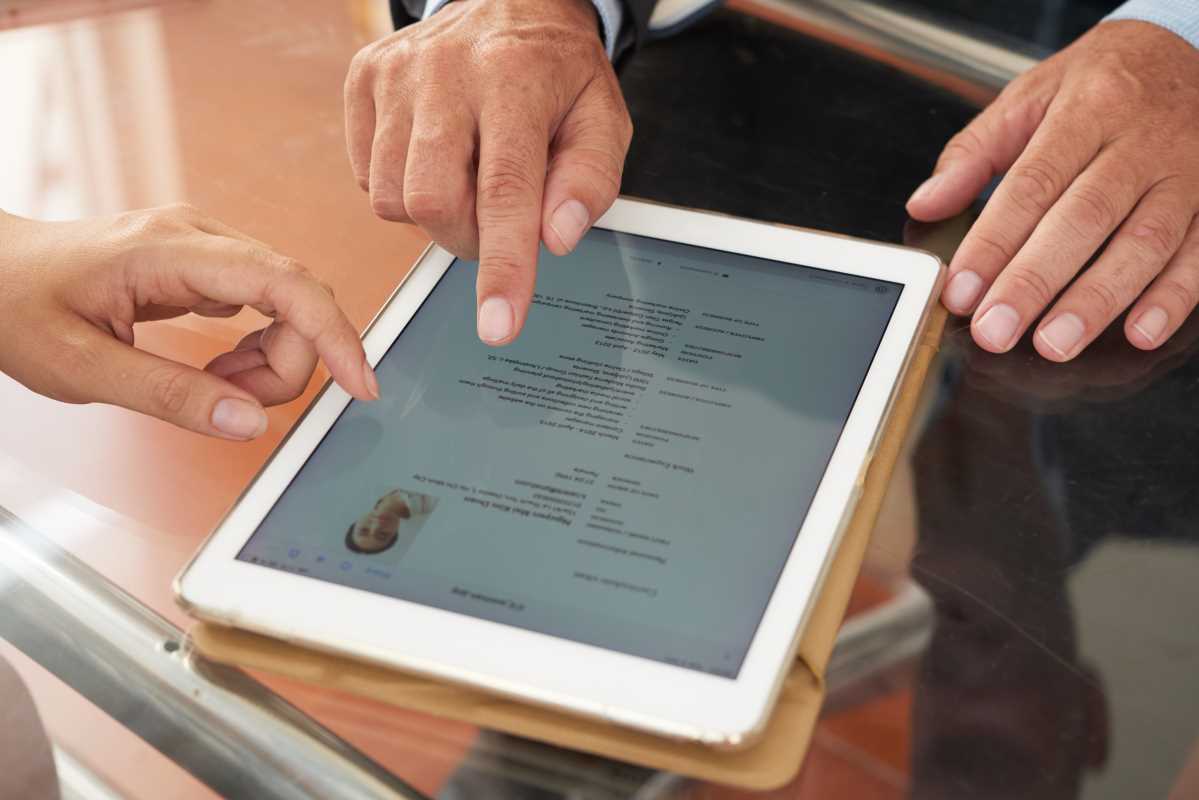Nonverbal communication is crucial in professional environments, often conveying more than words alone. From body language to tone of voice, understanding and leveraging nonverbal cues can enhance relationships, build trust, and project confidence. Below are key aspects of nonverbal communication to consider in the workplace.
Body Language: The Foundation of Nonverbal Communication
Body language is a powerful tool for conveying confidence and attentiveness in professional settings. It includes posture, gestures, and physical orientation.
- Tips for Effective Body Language:
- Maintain Open Posture: Avoid crossing your arms, which can signal defensiveness.
- Engage Through Eye Contact: Appropriate eye contact shows attentiveness and builds trust.
- Lean In: Slightly leaning forward during conversations indicates interest and engagement.
Example:
During a meeting, maintaining upright posture and nodding occasionally while others speak can demonstrate active listening.
Facial Expressions: The Window to Emotions
Facial expressions are key to conveying emotions and setting the tone for interactions. A smile, for instance, can foster positivity, while furrowed brows might suggest confusion or concern.
- Dos and Don’ts:
- Do smile genuinely to show warmth and approachability.
- Don’t frown excessively, as it may be perceived as negativity.
- Do maintain a neutral or pleasant expression when listening.
Practical Tip:
Practice self-awareness by observing your facial expressions in a mirror or recording yourself during conversations.
Gestures: Adding Clarity and Emphasis
Gestures can help emphasize points during presentations or discussions. However, overusing gestures may distract from the message.
- Guidelines for Using Gestures:
- Be Purposeful: Use hand movements to underscore key ideas.
- Avoid Over-Gesticulating: Excessive gestures can seem unprofessional.
Example:
Pointing to slides while explaining data reinforces clarity and direction in a presentation.
Posture: Projecting Confidence and Authority
Posture is a silent indicator of professionalism. Standing or sitting upright conveys confidence, while slouching may suggest disinterest or lack of confidence.
- Posture Tips:
- Keep your back straight but relaxed.
- Avoid leaning too far back, which may appear disengaged.
- Stand evenly balanced on both feet to project stability.
Impact:
Good posture not only affects how others perceive you but also boosts self-confidence.
Personal Space: Respecting Boundaries
Understanding personal space is crucial for fostering positive professional interactions. Invading someone’s personal space can come across as aggressive, while maintaining an appropriate distance shows respect.
- Key Considerations:
- Maintaining about 1.5 to 4 feet of space in professional settings during conversations.
- Be mindful of cultural differences, as personal space expectations vary globally.
Example:
In a networking event, standing too close might make others uncomfortable, whereas maintaining a respectful distance encourages relaxed communication.
Tone of Voice: Conveying Credibility and Warmth
The tone of voice can greatly influence how your message is received. It reflects confidence, authority, and emotional state.
- Tips for Effective Tone:
- Speak Clearly: Ensure your words are easily understood.
- Pace Yourself: Avoid speaking too quickly or too slowly.
- Use Inflection: Vary your tone to emphasize key points and avoid sounding monotonous.
Practical Application:
During a client presentation, speaking with a calm, measured tone can convey professionalism and put your audience at ease.
Combining Nonverbal Elements for Maximum Impact
Mastering nonverbal communication involves using multiple elements in harmony. For instance:
- Pair a confident tone of voice with an open posture.
- Use appropriate gestures to reinforce key points, complemented by steady eye contact.
- Smile genuinely while maintaining a respectful distance to create a welcoming environment.
Nonverbal communication is a critical skill in professional settings, influencing perceptions and interactions. You can convey confidence, build rapport, and enhance your professional presence by mastering body language, facial expressions, gestures, posture, personal space, and tone of voice. Developing self-awareness and practicing these techniques will help you navigate workplace interactions easily and effectively. Embrace the power of nonverbal cues to elevate your communication skills and achieve success in your career.



.jpeg)



